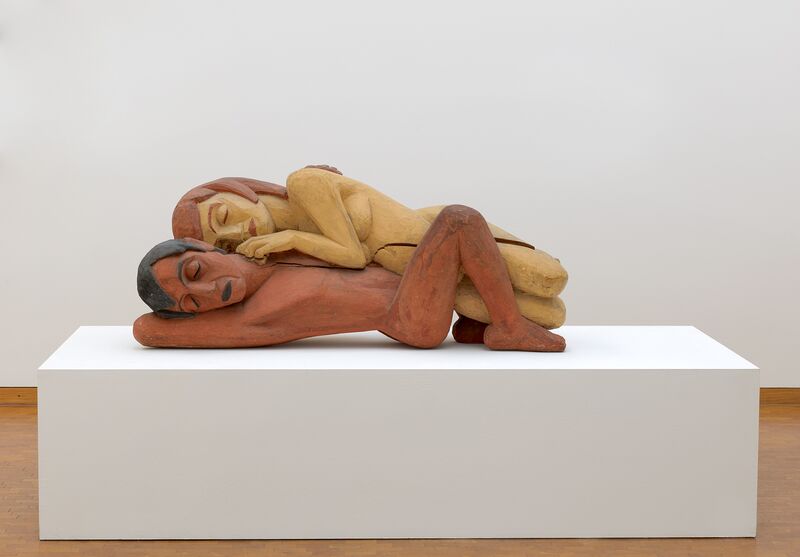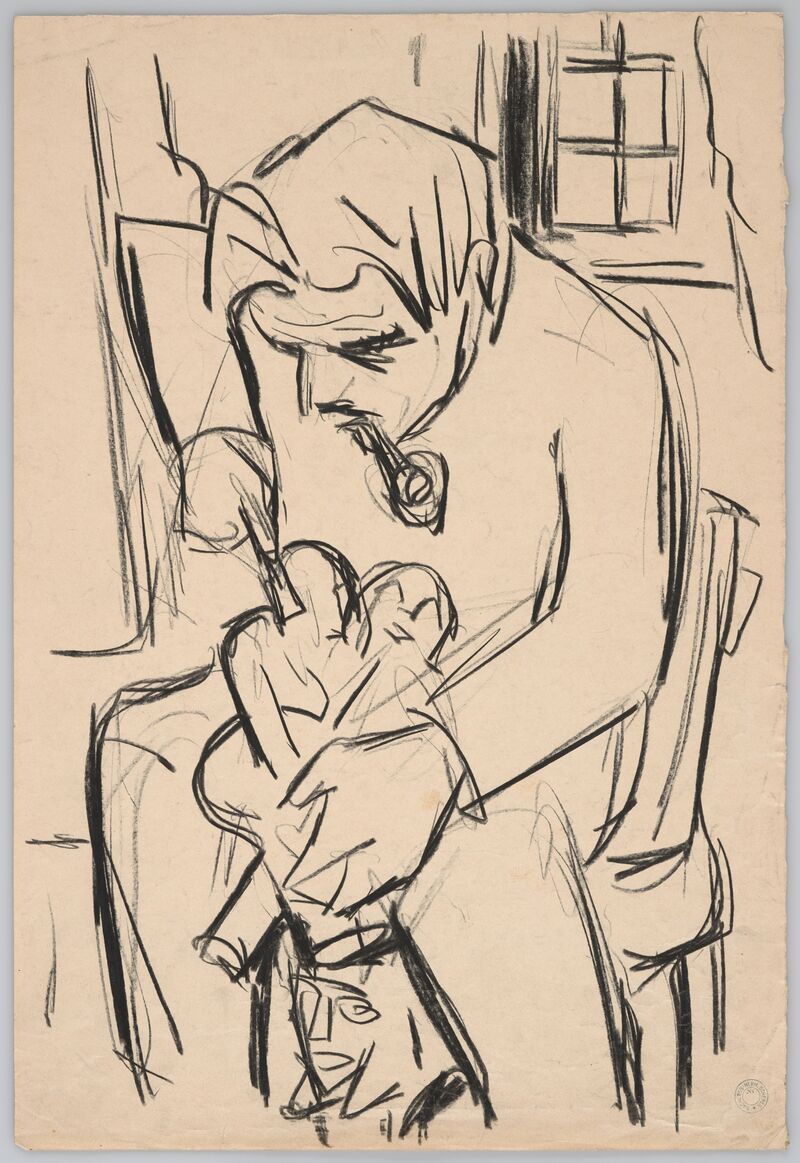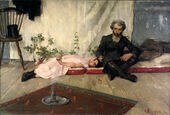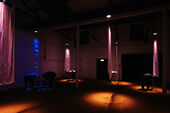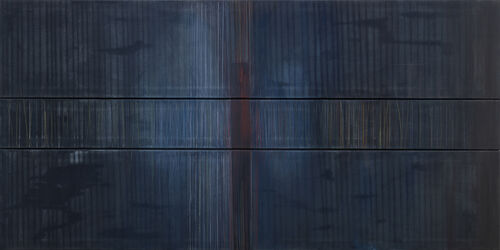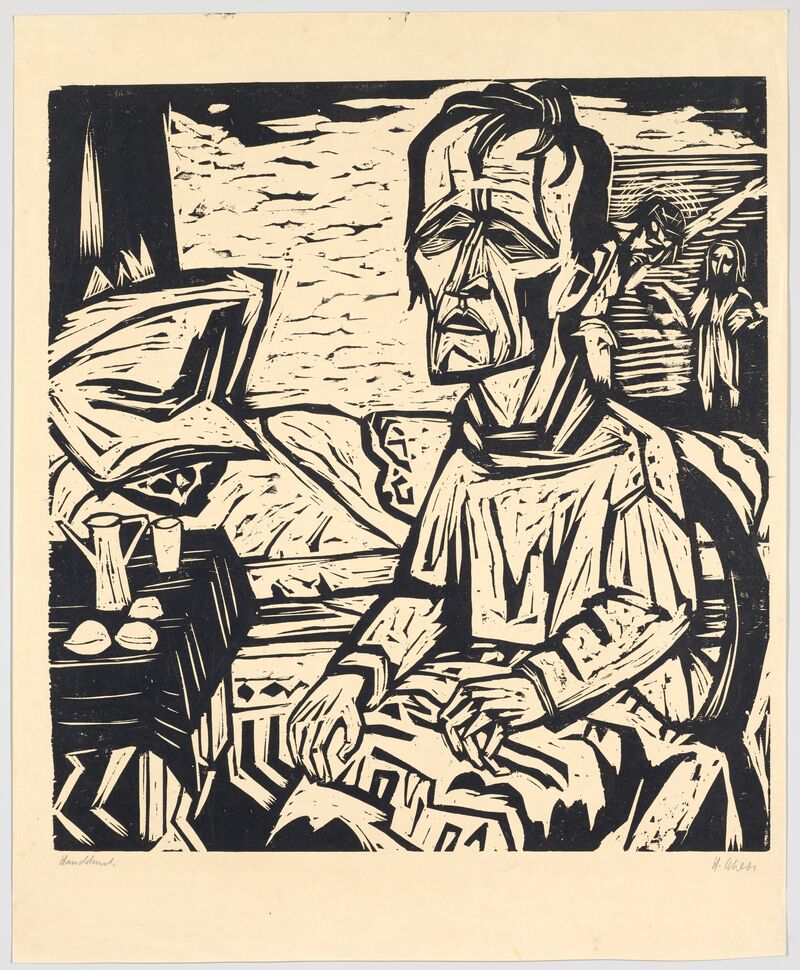
Dive deeper into the art world
New York: Helene Schjerfbeck at the Metropolitan Museum of Art
Modernism in Silence
She is a national heroine in Finland, but has only become known internationally in recent years: Helene Schjerfbeck fascinates with her original, simple style. For the first time, a major museum in the USA is presenting her work: Seeing Silence: The Paintings of Helene Schjerfbeck opens on December 5 at the Metropolitan Museum of Art in New York.
December 05, 2025
Australia: Fremantle Biennale with Raki Nikahetiya



